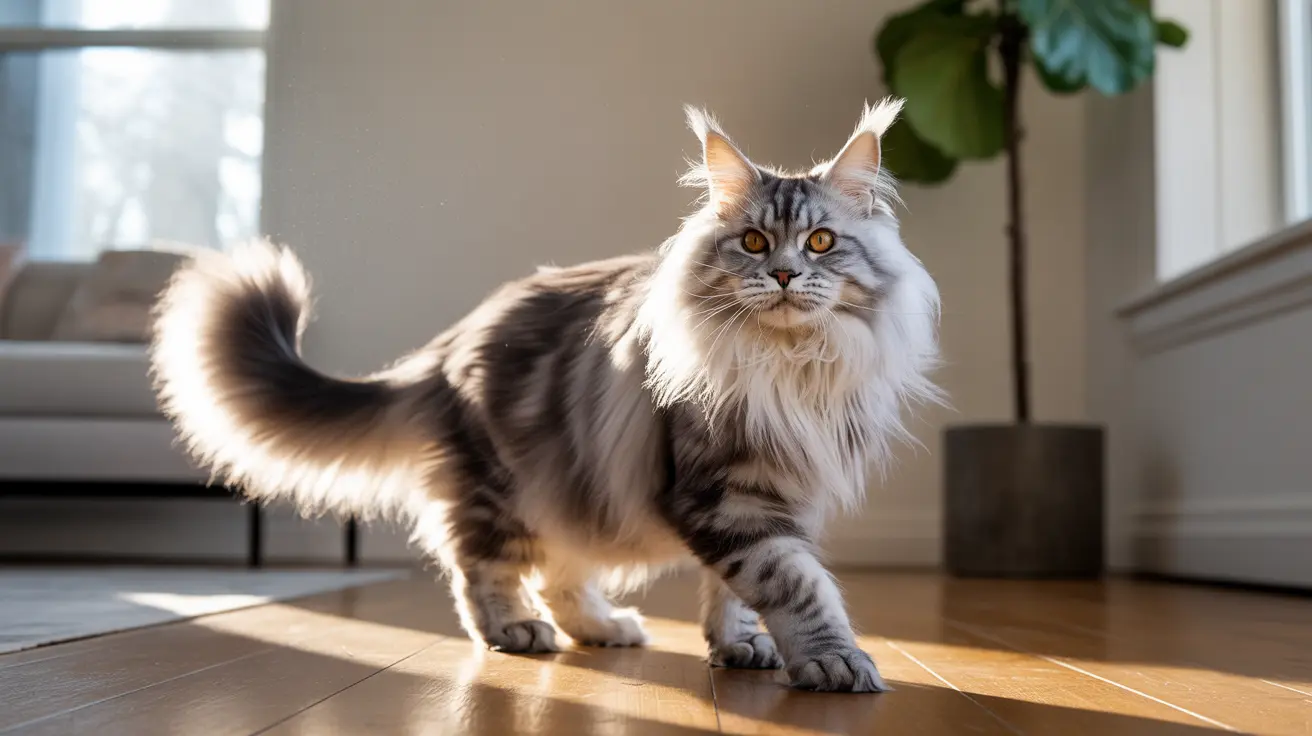The Akita origin story is deeply woven into the fabric of Japanese history and culture, stretching back over a millennium. These majestic dogs, emerging from the snow-covered mountains of northern Japan, have evolved from skilled hunters to loyal guardians and beloved companions worldwide.
In this comprehensive guide, we'll explore the fascinating journey of the Akita breed, from its ancient beginnings to its current status as one of Japan's most treasured national monuments.
Ancient Beginnings in Northern Japan
The Akita origin can be traced to Japan's Akita prefecture in northern Honshu, where the harsh climate and rugged terrain shaped the breed's development. These dogs descended from the Matagi-inu, medium-sized hunting dogs that accompanied local hunters in pursuing large game, including bears and wild boar.
The severe winter conditions of this region contributed to the Akita's distinctive physical characteristics, including their thick double coat and powerful build, features that remain prominent in the breed today.
Rise to Noble Status
During the 17th century, the Akita's status elevated dramatically under Shogun Tokugawa Tsunayoshi's rule. Special laws protected these dogs, and they became exclusive companions to Japanese nobility and samurai warriors. This period marked a significant shift in the Akita origin story, transforming them from hunting dogs to symbols of status and power.
Cultural Impact and Symbolism
The Akita's influence on Japanese culture cannot be overstated. They represent loyalty, courage, and protection in Japanese folklore and daily life. The most famous example is Hachikō, whose unwavering loyalty to his deceased owner became a national symbol of devotion, inspiring countless stories and a permanent memorial at Tokyo's Shibuya Station.
Evolution into Modern Breeds
The late 19th and early 20th centuries saw significant changes in the Akita breed. During the Meiji Restoration, some were crossbred for dogfighting, leading to variations in size and temperament. After World War II, two distinct types emerged: the Japanese Akita (Akita Inu) and the American Akita, each with unique characteristics reflecting their respective development paths.
Physical Characteristics and Temperament
Modern Akitas maintain many traits from their ancient origins. They are large, powerful dogs with distinct features including:
- Strong, muscular builds
- Thick double coats
- Proud, erect ears
- Curled tails
- Alert, dignified expressions
Their temperament reflects their noble heritage, displaying:
- Unwavering loyalty
- Natural protective instincts
- Independent thinking
- Quiet confidence
- Reserved nature with strangers
Frequently Asked Questions
Where did the Akita dog breed originally come from, and how did its environment shape its characteristics?
The Akita originated in the Akita prefecture of northern Japan. The region's harsh winters and mountainous terrain influenced the breed's development, resulting in their thick double coat, sturdy build, and remarkable endurance. These adaptations were crucial for their original role as hunting dogs in challenging conditions.
What is the historical significance of the Akita in Japanese culture and folklore?
Akitas hold immense cultural significance in Japan, symbolizing good health, happiness, and longevity. They were historically given as gifts to wish good fortune and have been protected by Japanese law. Their status as national treasures reflects their deep integration into Japanese cultural identity.
How did the Akita evolve from a hunting dog to a symbol of loyalty and protection?
The Akita's evolution began with their role as Matagi hunting dogs, then shifted during the Tokugawa period when they became companions to the nobility. Their natural protective instincts and loyalty made them excellent guardians, eventually leading to their reputation as devoted family protectors.
What are the key differences between the Japanese Akita and the American Akita breeds?
Japanese Akitas typically have a fox-like face and come in fewer color variations (red, white, or brindle). American Akitas are generally larger, bear-like in appearance, and display a wider range of colors and patterns. Their temperaments remain similar, though Japanese Akitas tend to be slightly more reserved.
Why is the story of Hachikō important in understanding the Akita's reputation for loyalty?
Hachikō's story, where he waited nine years at Shibuya Station for his deceased owner, exemplifies the extraordinary loyalty characteristic of the Akita breed. This true story became a powerful symbol of faithfulness in Japanese culture and helped establish the Akita's global reputation for unwavering devotion.
A Living Legacy
Today, the Akita origin story continues to influence how these magnificent dogs are bred, trained, and cherished worldwide. Understanding their rich heritage helps owners appreciate the unique characteristics and needs of this noble breed, ensuring their legacy continues for generations to come.






